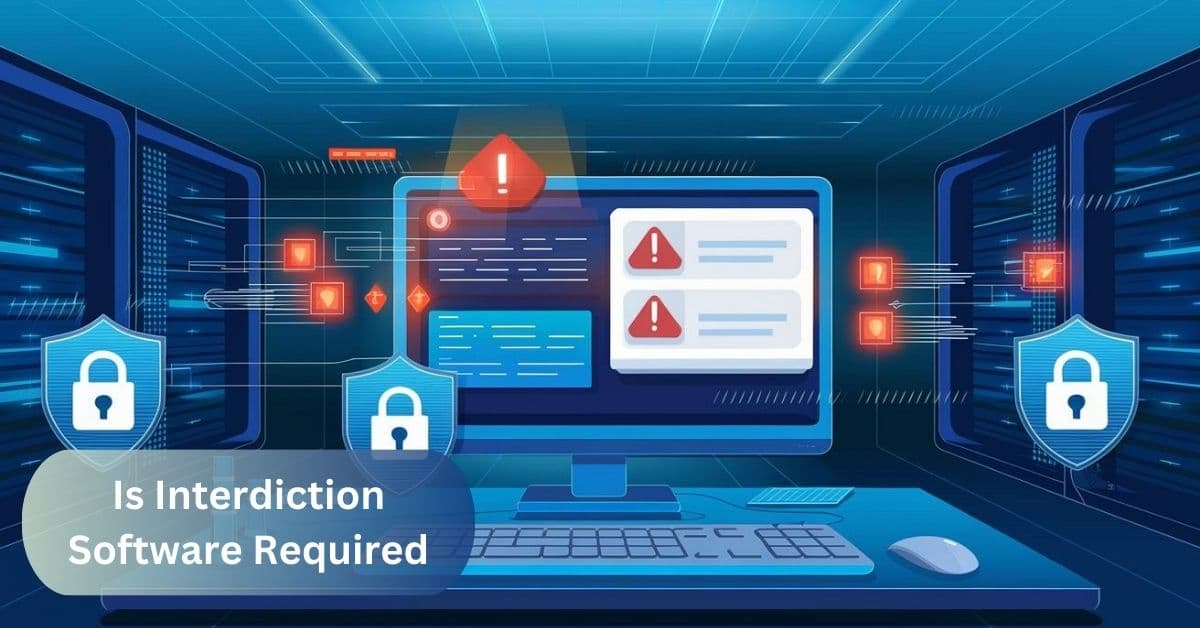When I first used interdiction software at work, I noticed how quickly it flagged unusual transactions, preventing a potential data breach. It gave me peace of mind knowing the system could catch threats before they became serious issues.
Interdiction software acts as a vital defense against security threats by monitoring and blocking unauthorized actions in real-time. It helps organizations in high-risk sectors, like finance and healthcare, stay compliant with regulations while safeguarding sensitive data. By quickly addressing potential risks, this software fosters trust and security within the organization.
What is the purpose of interdiction software?
The main purpose of interdiction software is to protect organizations from potential risks and security threats by scanning and blocking suspicious activities in real-time. For companies that deal with sensitive data or financial transactions, is interdiction software required becomes a crucial question, as it helps prevent unauthorized access and cyberattacks.
By using this software, financial institutions can ensure compliance with regulatory bodies like OFAC, where is interdiction software required to check against sanctions lists, flagging any prohibited entities or individuals involved in transactions. Moreover, is interdiction software required for industries like healthcare, where safeguarding patient records and confidential data is paramount.
The software operates by continuously monitoring systems and communications, alerting the organization to potential breaches before they cause damage. Therefore, for sectors facing constant cyber threats, is interdiction software required to maintain data integrity, ensure compliance, and prevent costly security incidents.
What happens when interdiction software detects a catchy name?

1. Initial Alert and Flagging:
- The software detects a name that matches a suspicious or flagged entity.
- An automatic alert is triggered to notify the security or compliance team.
- The transaction or activity involving the name is immediately paused for further investigation.
- The detected name is marked for manual review to determine whether it’s a true or false match.
2. Manual Review and Verification:
Once a name is flagged, the security or compliance team steps in to manually review it. They analyze the flagged name to see if it truly belongs to a prohibited individual or entity, or if it was flagged by mistake.
This process involves cross-referencing databases, checking additional details, and assessing the context of the activity. If the name is determined to be a false positive, the transaction is cleared. However, if the name matches a known risk, the transaction remains blocked, and the necessary actions are taken.
3. Blocking or Clearing the Transaction:
- After review, if the flagged name is found to be a real threat, the transaction is permanently blocked.
- The software prevents any further interaction with the suspicious entity or individual.
- If the name is cleared during the review, the transaction can proceed without any issues. This allows the business to continue its operations smoothly, ensuring compliance while maintaining efficiency.
- Detailed records of both blocked and cleared transactions are kept for future reference and reporting purposes.
- The compliance team may report the blocked transaction to relevant authorities if necessary.
What are OFAC requirements?
Department of the Treasury that helps protect national security. It enforces economic and trade sanctions against certain foreign countries, terrorists, and drug traffickers, focusing on preventing activities that could threaten global peace, including the spread of weapons of mass destruction.
1. OFAC Requirements:

- Sanction Lists: Businesses must check their customers against OFAC’s lists, such as the Specially Designated Nationals (SDN) list, to avoid transactions with sanctioned individuals or entities.
- Reporting: If a transaction involves a blocked person or entity, businesses are required to report it to OFAC.
- Compliance Programs: Companies should implement compliance programs to ensure adherence to OFAC regulations, including employee training and monitoring systems.
- Record Keeping: Maintaining detailed records of transactions, due diligence efforts, and any actions taken in relation to OFAC requirements is essential.
- Risk Assessment: Regular assessments of potential risks related to transactions and relationships with foreign entities are necessary to ensure compliance.
Is Interdiction Software Required For Sanctions
Interdiction software is increasingly vital for organizations that must comply with sanctions regulations. This software helps monitor and block transactions involving individuals or entities that are flagged by government sanction lists. For industries dealing with sensitive information or financial transactions, the question of “is interdiction software required” becomes crucial. It ensures that businesses do not engage with sanctioned parties, thereby avoiding severe legal penalties and reputational damage. By automating the detection of prohibited transactions, interdiction software enhances efficiency and accuracy in compliance efforts.
1. Key Points:
- Automated Monitoring: Interdiction software continuously scans transactions against sanction lists, making it easier to identify and block risky activities.
- Regulatory Compliance: For sectors like finance and healthcare, the question of “is interdiction software required” is answered affirmatively as it helps meet strict compliance standards.
- Risk Mitigation: Using this software reduces the likelihood of inadvertently conducting business with sanctioned entities, protecting the organization from potential fines.
- Real-Time Alerts: When a match is found, the software immediately alerts compliance teams, enabling prompt action to block transactions.
What is the Verification criteria?

1. Identity Confirmation:
Identity confirmation involves checking that a person or business is who they say they are. This can be done by comparing their information with official records, such as government IDs or company registrations.
The goal is to ensure there are no discrepancies that could indicate fraud or other risks. Accurate identity confirmation helps organizations protect themselves from unauthorized transactions.
2. Documentation Assessment:
- Review important documents like IDs, business licenses, or financial statements to check their authenticity.
- Look for signs of tampering or forgery in the submitted documents.
- Ensure that the documents match the information provided during the identity confirmation process.
- Keep records of the assessed documents for future reference and compliance purposes.
3. Risk Evaluation:

Risk evaluation involves assessing the potential dangers associated with a person or business. This includes looking into their background, activities, and any connections to high-risk areas or sanctioned entities. The goal is to determine if they pose a threat to the organization or its operations.
FAQ’s
1. What is a red flag in OFAC?
A red flag in OFAC refers to any warning sign that suggests a person or entity may be involved in activities that violate sanctions. This could include unusual transaction patterns, connections to sanctioned individuals, or discrepancies in provided information.
2. What are the 5 components of OFAC?
The five components of OFAC include sanctions programs, compliance regulations, enforcement actions, reporting requirements, and guidance documents. Together, these elements help govern how businesses must operate to comply with U.S. economic sanctions.
3. How do I report to OFAC?
To report to OFAC, you can submit information through their online reporting system or by mail. Ensure that your report includes detailed information about the transaction and the parties involved for proper review.
4. What is an AML checklist?
An AML checklist is a tool used to ensure compliance with anti-money laundering regulations. It outlines key steps and practices that businesses must follow to detect and prevent money laundering activities.
5. What is validation testing?
Validation testing is a process used to ensure that a product or system meets the needs and requirements of the user. It checks whether the final outcome is what was intended and if it works correctly in real-world scenarios.
Conclusion:
In conclusion, the question “is interdiction software required” highlights its essential role in today’s security landscape. For businesses, especially those in high-risk sectors like finance and healthcare, this software is crucial for protecting sensitive information and ensuring compliance with regulations.
By actively monitoring transactions and blocking potential threats, interdiction software not only safeguards against legal penalties but also enhances overall trust and integrity within the organization.

